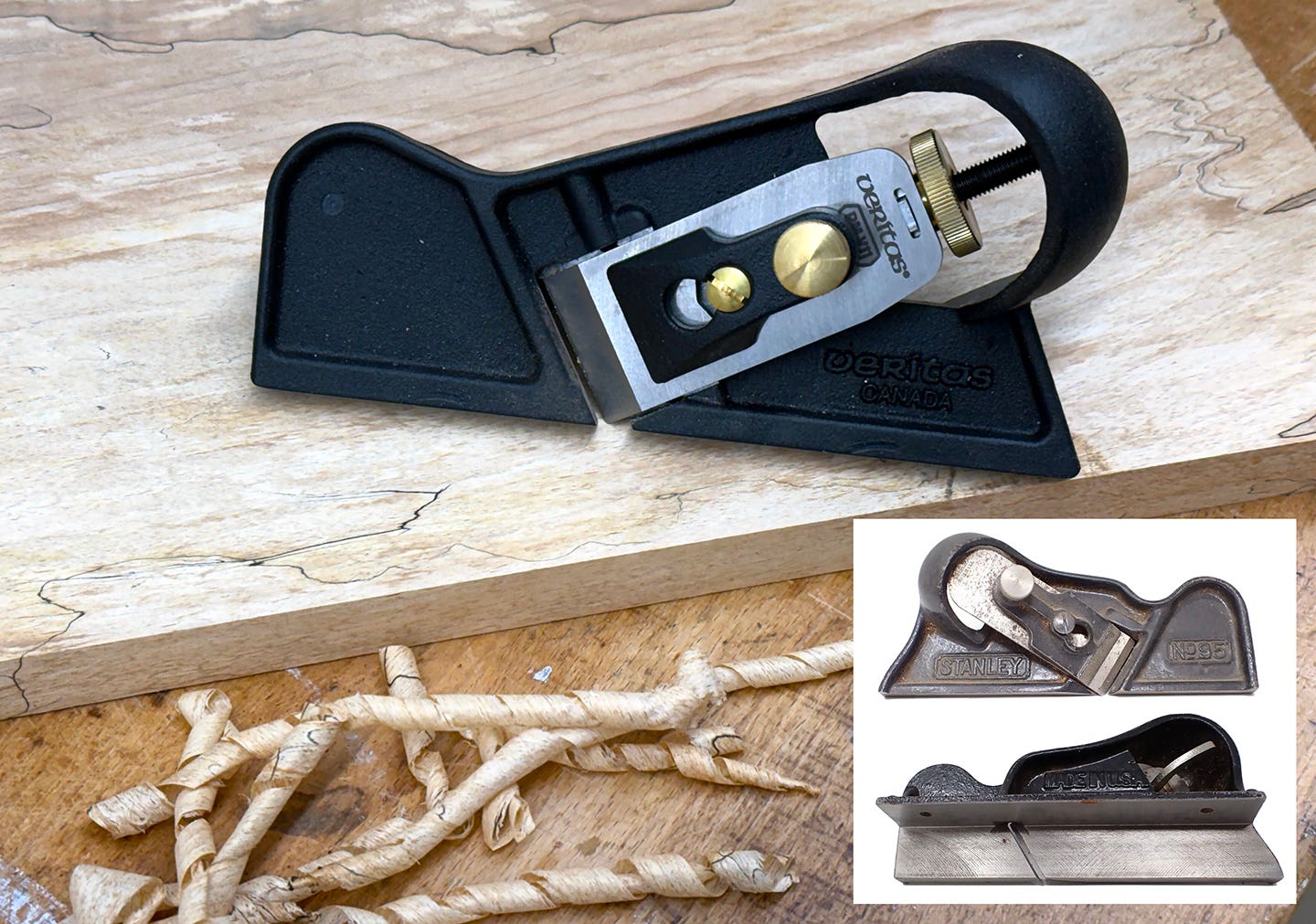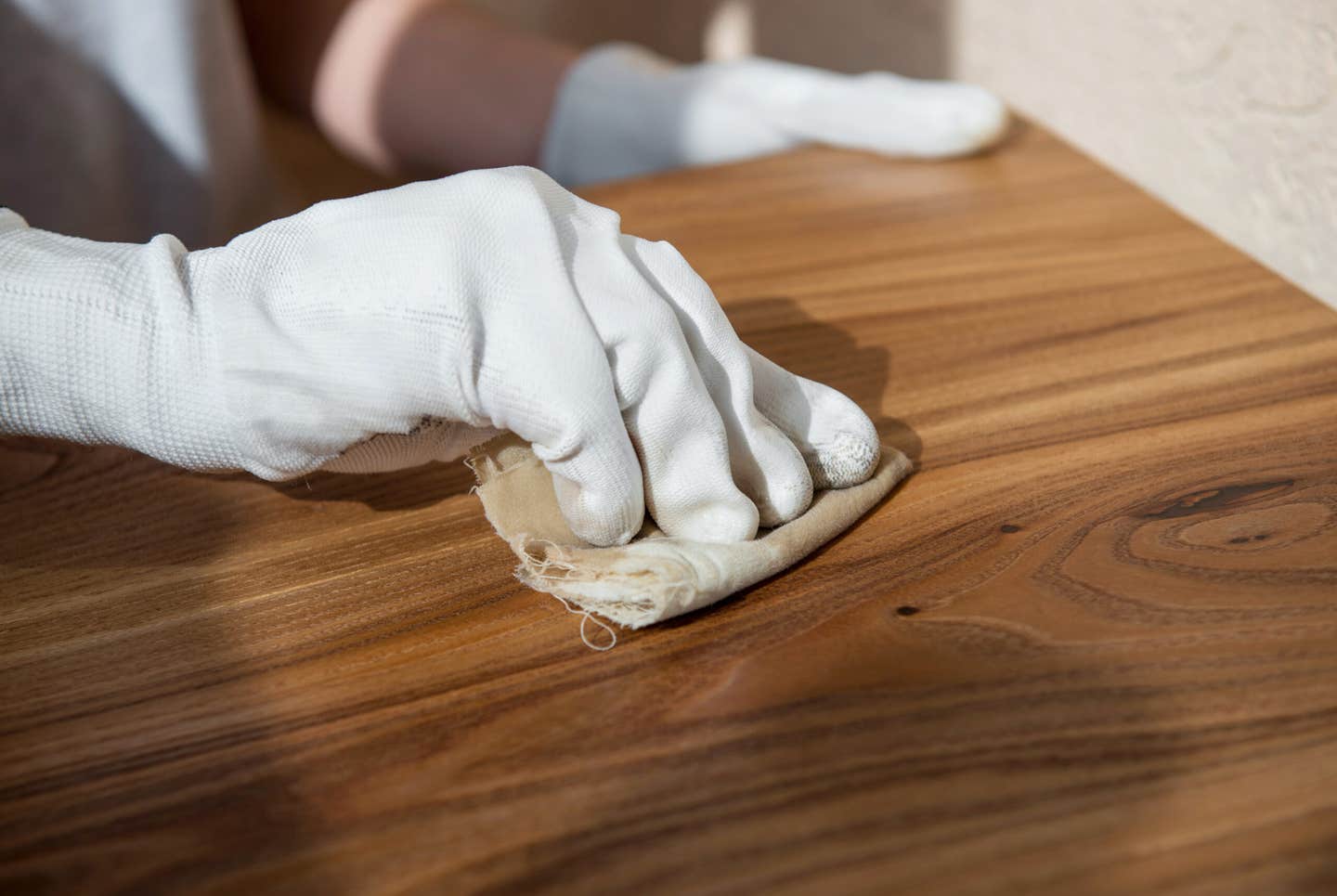There’s a price to pay to get the good stuff
When shopping for materials, I’m mostly looking at quality. Sure, I’d like to save a few bucks, but I’m expecting to pay a premium price for premium stock.
When shopping for materials, I’m mostly looking at quality. Sure, I’d like to save a few bucks, but I’m expecting to pay a premium price for premium stock. A good chef doesn’t skimp on the ingredients, right?
So I’ve been scratching my head over the Chinese hardwood plywood debate raging between two North American interests. One side wants the government to penalize importers, while the other argues for unfair trade practices to continue. No one is arguing for product quality or suggesting that you get what you pay for.
The debate was settled Dec. 1 when the U.S. International Trade Commission voted 4-0 for significant tariffs based on a determination that the domestic industry is materially injured, or threatened with material injury, by reason of dumped and subsidized imports. As a result, the U.S. Commerce Department will issue an antidumping duty of 183.6 percent and countervailing duties up to 194.9 percent on orders on imports of hardwood plywood from China.
The Coalition for the Fair Trade of Hardwood Plywood, a group of six producers and manufacturers, applauded the decision.
Imports of Chinese hardwood plywood increased 22 percent from 2014 to 2016, and another 26 percent in the first half of 2017, injuring the U.S. industry, according to the coalition.
“Today’s decision demonstrates that the U.S. Government will not tolerate unfair trade practices and will support American manufacturing and workers,” Kip Howlett, president of the Hardwood Plywood Veneer Association, said in a statement. “This puts American interests first by standing up to the illegal imports of Chinese hardwood plywood. We are thankful for the hard work of the Commission and the Department of Commerce in recognizing the significant unfair trade practices of the Chinese hardwood plywood industry and the injury it has caused U.S. producers.”
The news did not sit as well for the American Alliance for Hardwood Plywood, an organization of American importers, distributors and manufacturers of hardwood plywood, along with other U.S. companies that depend on the availability of global resources.
The alliance had letters of support from the Kitchen Cabinet Manufacturers Association, National Association of Home Builders, Recreational Vehicle Industry Association, and the International Wood Products Association as it argued against the duties.
“These rates are based purely on politics, not on any type of marketplace reality. Unfortunately, hundreds of thousands of American workers will pay the price in lost jobs. Industries including the kitchen cabinet, recreational vehicle, window and door, furniture, homebuilding and flooring industries all utilize the Chinese hardwood plywood because it is distinctly different from American hardwood plywood,” AAHP chairman Greg Simon said in a statement.
“The Department of Commerce’s high duty rates have raised the stakes for American manufacturers who cannot get this raw material at home.”
Unless I’m mistaken, the U.S. produces plenty of hardwood plywood. You just have to pay the price to get the good stuff.
This article originally appeared in the January 2018 issue.







